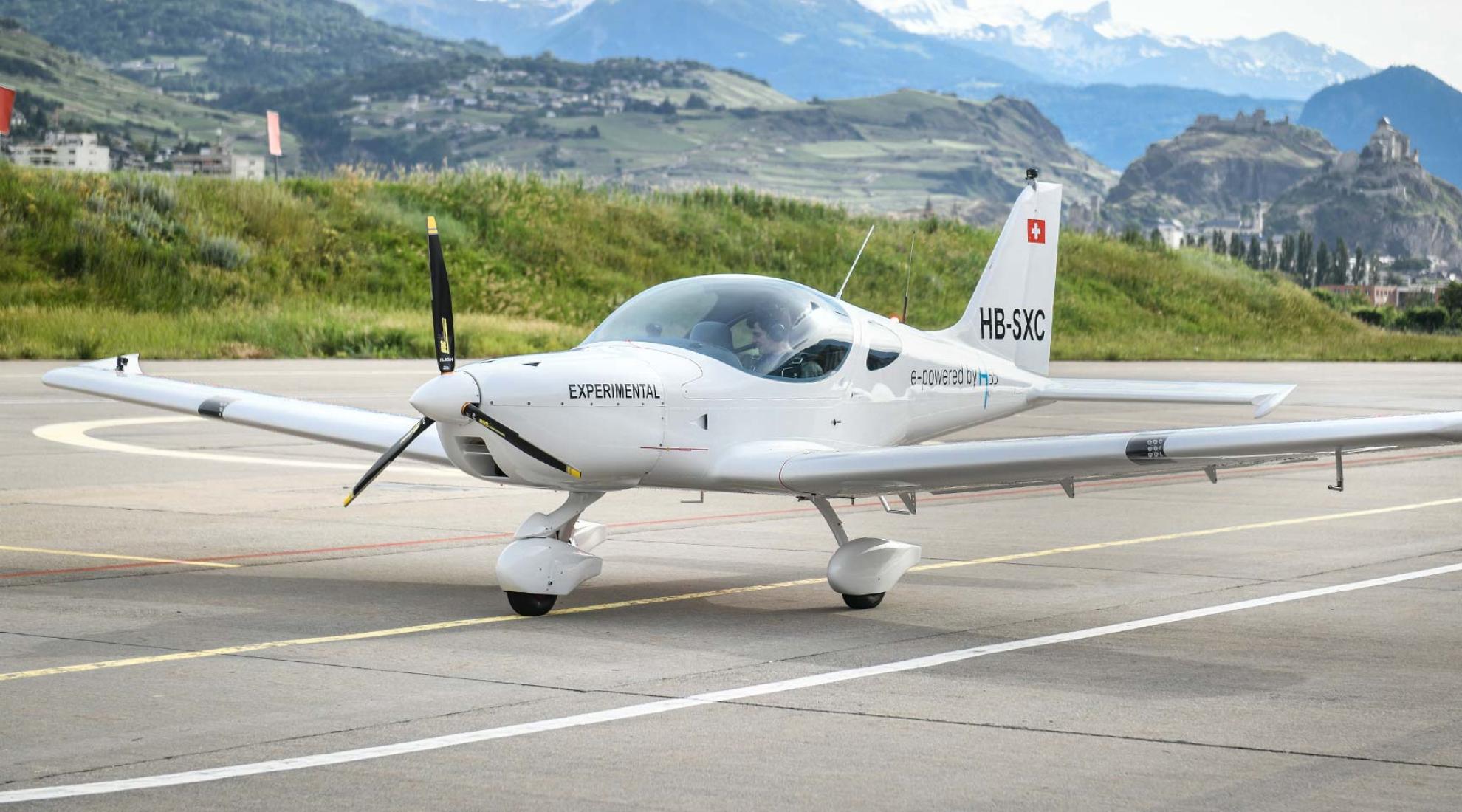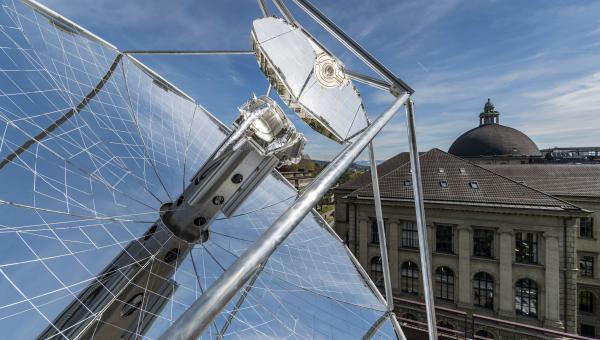Electric aviation's ascent: coming soon?

With electric vehicles already commonplace on land, planes are now set to take off on their own transformative trip to an electric future. And a pioneering Solar Impulse spin-off is taking us there, step by step.
The legacy of Solar Impulse, the solar-powered aircraft that made history with its successful round-the-world flight in 2016, is still very much alive. Two years after the flight, Solar Impulse pilot André Borschberg and his team launched H55, a tech spin-off dedicated to developing cutting-edge fully electric propulsion systems for planes.
Powering electric propulsion for the future
H55 is on a mission to make air transport quiet, clean and affordable. The company's patented and certified electric propulsion and battery management technology powers both existing aircraft designs and future vertical take-off and landing aircraft and e-Commuter concepts. At the core of H55's technology is an integrated power, propulsion and battery management system that includes battery packs, connectors, motor, motor control, a pilot interface and power controls.
H55 is committed to accelerating the electrification of aviation to make the industry sustainable, with zero CO2 emissions by 2050.
I believe that electric propulsion will revolutionise aviation.
First commercial aircrafts equipped
The Electric Propulsion System (EPS) developed by H55 has a high energy density of up to 200kW. Its first commercial application is the first all-electric training aircraft from Bristell Energic with an EPS 100kW. With a total endurance of 90 minutes, the 2-seater plane is well suited for training pilots. Its test flights started in June 2019 and it will be available for flight schools from mid-2024.
The new electric propulsions systems have also attracted attention in Canada. Pratt & Whitney Canada has selected H55 to provide the battery pack for the company's regional hybrid-electric flight demonstrator programme, with an initial demonstration planned for 2024. The company has set its sights on improving fuel efficiency and reducing CO2 emissions by 30%, respectively, compared to today's most advanced turboprop engines for regional aircraft.

H55 is supplying battery systems for the regional hybrid-electric flight demonstrator programme of Pratt & Whitney in Canada.
The electric revolution crosses the Atlantic
Just a few months ago, H55 began construction of its North American branch at Saint-Hubert Airport near Montréal. The new site will be equipped with a state-of-the-art production line to serve the burgeoning North American customer base. Production of battery packs is scheduled to start next year. According to a press release, H55 has secured CHF 45 million in its Series C financing round. This funding will used to further develop the trailblazer's market penetration and high-performance electric motor systems.




